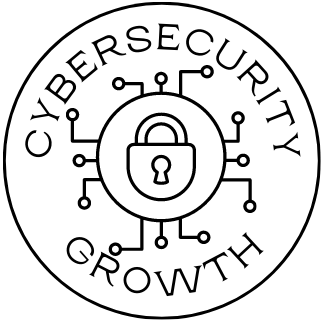A bunch of industry friends and colleagues were asked to provide security predictions for 2019. Here’s what we each had to say:
Excerpt from Rapid7 Blog: https://blog.rapid7.com/2019/01/02/facing-the-future-rapid7s-2019-security-predictions/
Happy New Year! Whether you’re feeling rattled or relieved to leave 2018 in the rearview mirror, now is your moment to take one deep (and deserved!) breath before launching into 2019. Though the flip of your desk calendar might not exactly result in a discernible change in your day-to-day, the fact is that each new year brings with it shifting opportunities, challenges, trends, and areas of focus.
Fortunately, we at Rapid7 have adhered to one of our favorite seasonal traditions and rounded up some of the best minds in the security industry to predict what they expect to see in 2019. Rapid7’s CEO, Corey Thomas, predicts that people next year will become more aware of mobile spying and compromise, while other predictions revolve around policy changes, breach fatigue, automation, and the need for better security defenses, among other topics.
Shawn Valle, Chief Security Officer, Rapid7
Three things come to mind when I envision 2019. First, more breaches are on the top of my list. We have a long ways to go before we reduce this statistic.
Second, I believe operational security teams will look to leverage automation wherever they can apply it to help monitor, notify, and respond to threats. Automation has existed in multiple forms for many years, but in recent years, many security-focused solutions have launched in the automation space. Automation can be brought into existing security engineering and security operations teams to reduce considerable minutia and administrivia in initial investigations and responses. As this newer capability starts to get better known, I predict more teams will start to dip their toes in the automation waters.
My third prediction is around the cloud security community working with their primary customers and stakeholders to be more transparent and work toward building and continually growing trust. We in cybersecurity (or infosec, as I still often say) are more and more protecting employee and customer data/assets in publicly facing environments (you have all heard of this internet thing, right?) As this data is more easily exposed than ever before and industry regulations are financially/legally requiring us to rapidly acknowledge data losses, the best approach is to transparently communicate with both internal and external stakeholders about what steps we take to protect their sensitive data and how we plan to work with our stakeholders in the event that data is exposed or lost. Providing stakeholders some visibility into how data is protected will lead to more conversations, which is a key piece to building trust. Let’s talk outside our teams a bit more.
